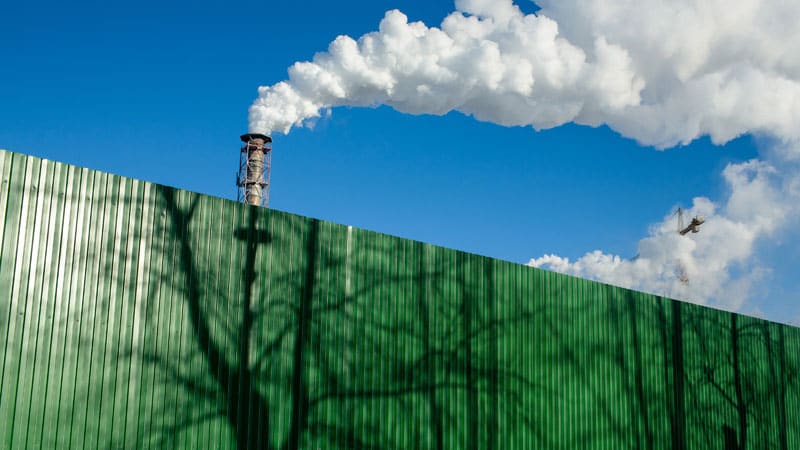Climate change will force large numbers of wild animals to relocate in the next 50 years, dramatically increasing the chances that viruses will jump from one species of mammal to another, including humans, a new study says.
Using computer modeling, researchers predicted 3,139 species of mammals will seek new habitats by 2070, including areas with high population density, if the world only warms by 2 degrees Celsius (3.6 degrees Fahrenheit).
As different species come into contact with each other for the first time, about 4,000 viruses will move from one species to another, according to the study published in Nature. Birds and marine animals weren’t included in the study.
Africa and Southeast Asia will be most affected, with bats doing most of this virus spreading because of their ability to fly long distances, the study said.
The wildlife trade is a good analogy because animals are brought together in unnatural combinations, Colin Carlson, the study’s lead author and an assistant research professor at the Center for Global Health Science and Security at Georgetown University Medical Center, said in a university news release.
“But markets aren’t special anymore; in a changing climate, that kind of process will be the reality in nature just about everywhere,” Carlson said.
The study says the process may already be underway and that holding warming under 2 degrees Celsius — one of the benchmarks of the 2015 Paris Agreement — won’t prevent it from continuing.
HIV and Ebola spread from animals to humans. Scientists believe SARS-CoV-2 — the coronavirus that causes COVID-19 — may have jumped from bats to humans through another mammal species sold at a market in Wuhan, China.
International health agencies should adopt the tactic of paring wildlife disease surveillance with real-time studies of environmental change, researchers said.
“When a Brazilian free-tailed bat makes it all the way to Appalachia, we should be invested in knowing what viruses are tagging along,” Carlson said in the news release. “Trying to spot these host jumps in real-time is the only way we’ll be able to prevent this process from leading to more spillovers and more pandemics.”
Christine Johnson, an epidemiologist at the University of California, Davis, told The New York Times that such a broad model can’t account for how climate change will affect animals in particular locations. She said the study shows the need for more locally grounded field work on how animals relocate.
Sources
Nature: “Climate change increases cross-species viral transmission risk.”
Eureka: “New study finds climate change could spark the next pandemic.”
The New York Times: “Climate Change Will Accelerate Viral Spillovers, Study Finds.”
Source: Read Full Article
